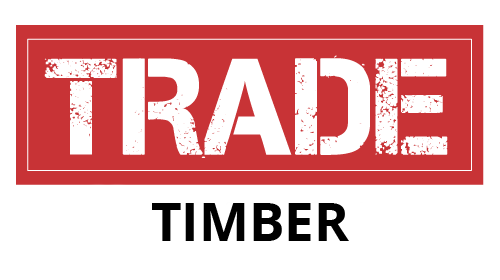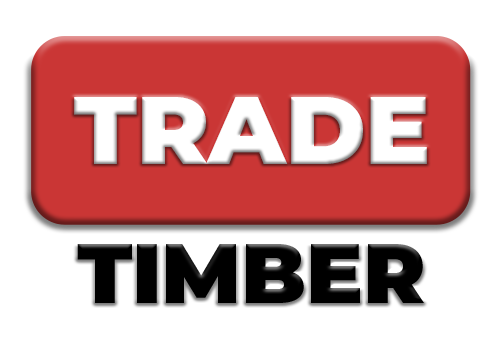Whether you want to engage in DIY furniture-making or simply reduce costs for your next project, MDF Board offers the perfect solution.
This flawless composite board can be used in a wide range of applications and is easily cut, screwed, and glued. The sheets have a smoothly sanded surface that readily accepts paint and staining, making it ideal for internal applications with an emphasis on aesthetics, such as furniture-making and shelving.
All our MDF boards are of premium quality and hold FSC/PEFC chain of custody certification.
9mm Medium Density Fibreboard Standard Applications
MDF Board finds utility in everything from furniture to flooring, with its primary use being in carpentry and furniture construction.
Due to its inability to withstand moisture, Standard MDF is intended for interior use in dry conditions only. However, we do offer a moisture-resistant MDF specifically designed for areas with high humidity, such as bathrooms or kitchens, if you require a solution tailored to exterior applications.
In summary, standard MDF is an ideal sheet material for non-structural internal use in the majority of domestic and internal applications.
Let’s explore its most common applications:
- Furniture
- Flooring
- Doors
- Windows
- Frames
- Shelving
- Cabinet making
- Shop fittings
- Internal joinery projects
- Architectural mouldings
- Wall panelling
Specifications of 9mm MDF Board
Medium density fibreboard offers numerous benefits and advantages. Here are the specifications of MDF sheets:
- Excellent holding capacity for screws and fasteners
- Precision finish design
- Free from natural defects
- Can be cut in any direction without compromising structural integrity
- Smooth sanded surface allows for painting and veneering
- Cost-effective alternative to plywood and similar materials
- Does not splinter or tear out during cutting
- Features a dense fibre body
Finishing for 9mm MDF Board
You have several options when it comes to finishing your MDF board:
- Clear finishes such as lacquer or varnish can protect the MDF and give it a shiny appearance.
- Stain or paint can provide color to the MDF, with stain offering a natural look and paint creating a solid block color.
- For a more sophisticated touch, you can opt for a veneer finish, which involves applying a thin layer of wood to the MDF. Veneer can be stained or painted, providing a natural and appealing appearance.
To paint MDF effectively, it is recommended to apply a solvent-based primer of your choice first, as this helps the paint adhere to the surface. Once the primer is applied, you can proceed with painting.
Regardless of the chosen finish, ensure even and thin coats are applied. Now that you know the available finishes for MDF, it’s time to get started and unleash your creativity!
Cutting MDF Board
It’s important to note that cutting MDF generates dust that can be harmful if inhaled.
Therefore, when using electric saws to cut MDF, we recommend taking necessary safety precautions, such as using dust extractors and wearing appropriate safety gear like dust masks, respiratory protection, and eye protection.
Regardless of the tool used, avoid cutting MDF in confined spaces and always work in a well-ventilated area.
The Manufacturing Process of MDF
MDF, short for Medium Density Fibreboard, is manufactured by combining wood fibers with resins and waxes, which are then subjected to high temperatures and pressure to form strong and uniform panels.
This manufacturing process eliminates knots, air pockets, and grain issues from the MDF boards, resulting in uniform panels with a defect-free and precision finish.














Sekou –
I received an email as soon as i placed my order confirming payment then the team booked me in for delivery about an hour later for 3 days time. SO QUiCK !
Eleanor –
It was sturdy, easy to handle, and gave a professional finish when painted.